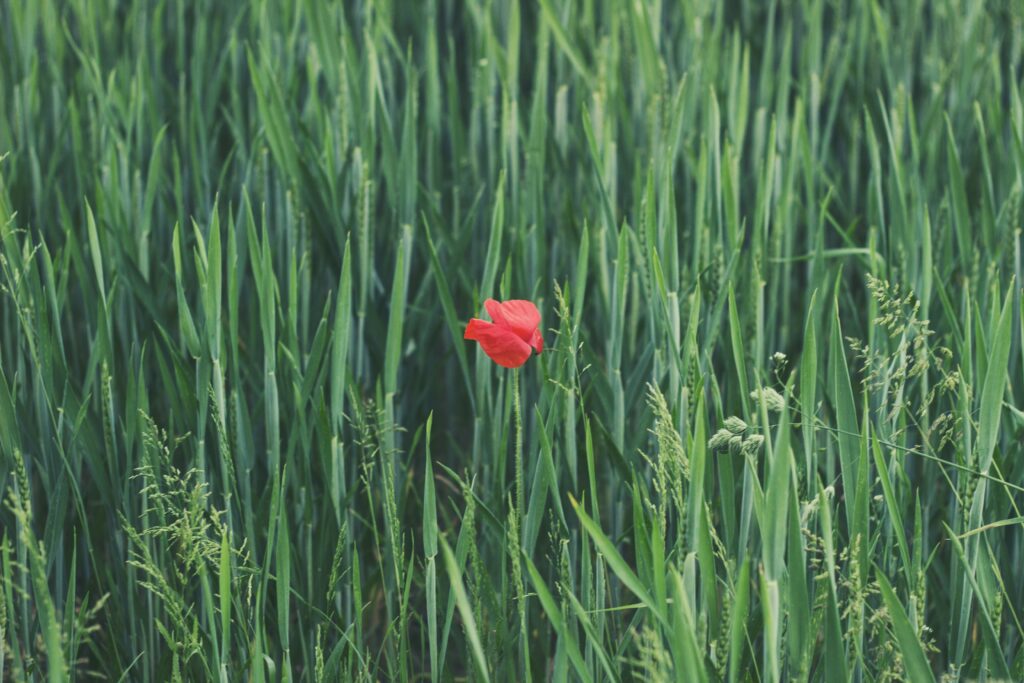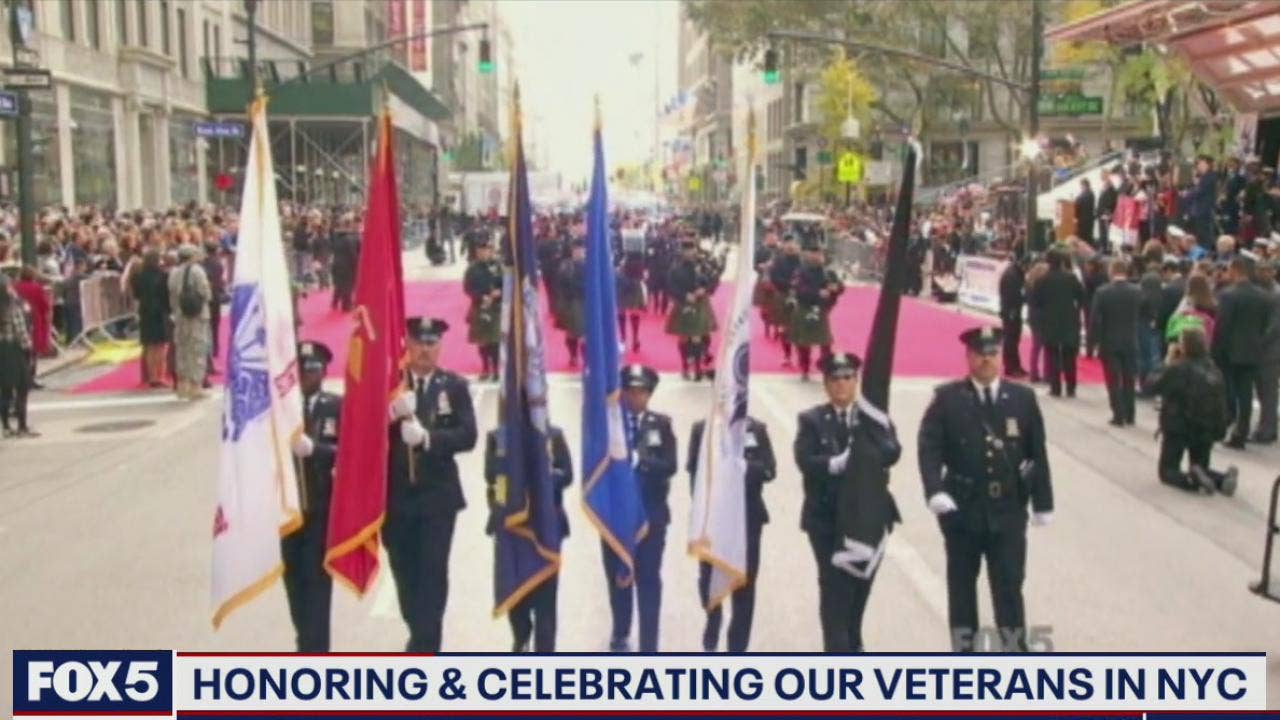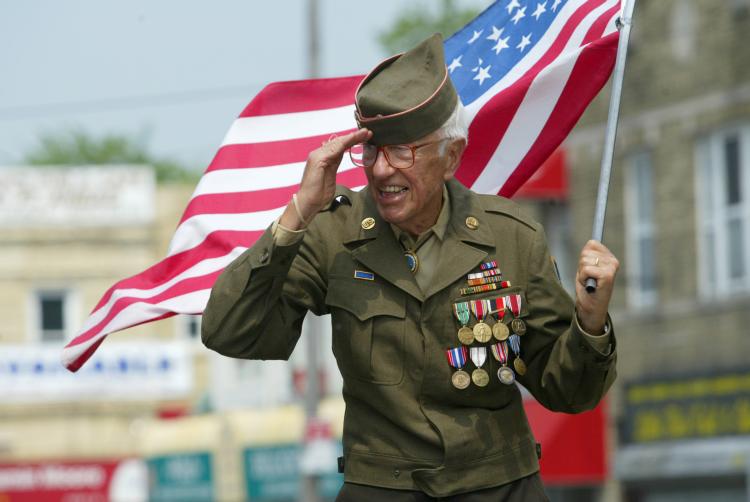As you celebrate Veterans Day, it is important to understand the deeper significance behind the symbols that represent this special occasion. From the symbolic poppy flowers to the powerful image of the Purple Heart, each symbol pays homage to the courage, sacrifice, and resilience of our veterans. By exploring the meaning behind these symbols, we can truly honor and appreciate the selfless service of those who have served in the armed forces.
The American Flag
The History of the American Flag
The American Flag, also known as Old Glory, has a rich and storied history that dates back over two centuries. It was first adopted on June 14, 1777, by the Continental Congress as a symbol of the thirteen original colonies’ unity and independence from Britain. The flag has gone through numerous changes over the years, with stars being added to represent each new state joining the Union. Today, it proudly boasts fifty stars, symbolizing the fifty states of the United States of America.
The Symbolism of the American Flag
The American Flag is not just a piece of fabric; it holds deep symbolism and represents the core values and ideals of the nation. Each element of the flag carries a significant meaning. The thirteen red and white stripes represent the original thirteen colonies, while the fifty stars in a blue field represent unity and the states of the nation. Red symbolizes valor and bravery, white represents purity and innocence, and blue signifies loyalty, perseverance, and justice.
The Use of the American Flag on Veterans Day
On Veterans Day, the American Flag takes on even greater significance as it is a day dedicated to honoring those who have served in the United States Armed Forces. Flags are prominently displayed across the nation to show gratitude and respect for the sacrifices made by veterans. Communities come together to organize flag-raising ceremonies, parades, and other patriotic events to honor the brave men and women who have selflessly served their country. The American Flag serves as a powerful symbol of freedom, democracy, and the sacrifices made by our servicemen and women.
The Poppy Flower
The Significance of the Poppy Flower
The poppy flower has become a significant symbol of remembrance and honoring veterans, particularly in the aftermath of World War I. Its vibrant red color and delicate petals hold a deep meaning in many cultures. The poppy represents sacrifice, resilience, and the fallen soldiers who gave their lives in service to their country.
Origin of the Poppy Flower as a Symbol
The association of the poppy flower with remembrance began with the famous World War I poem, “In Flanders Fields,” written by Lieutenant Colonel John McCrae. The poem describes the sight of poppies growing amidst the graves of soldiers in Flanders, a region in Belgium heavily impacted by the war. The image of the red poppies inspired the use of the flower as a symbol of remembrance and tribute to fallen soldiers.
The Poppy as a Remembrance Symbol on Veterans Day
On Veterans Day, the poppy flower serves as a poignant reminder of the sacrifices made by veterans. Many people wear poppy pins or place poppy wreaths at memorials and gravesites to honor the fallen. The visual display of poppies signifies gratitude, respect, and a commitment to never forget the brave individuals who gave their lives defending freedom. By wearing a poppy, individuals can show their support for veterans and their families while honoring the memory of those who made the ultimate sacrifice.

The Purple Heart Medal
The Creation and History of the Purple Heart Medal
The Purple Heart Medal has a distinguished history and is one of the most revered military honors awarded to those wounded or killed while serving in the United States Armed Forces. It was originally established as the Badge of Military Merit by General George Washington in 1782 to honor exceptional acts of valor during the American Revolutionary War. However, the medal fell into disuse until it was revived in 1932 as the Purple Heart Medal by General Douglas MacArthur.
What the Purple Heart Medal Represents
The Purple Heart Medal serves as a symbol of courage, sacrifice, and selflessness. It is awarded to service members who have been wounded or killed in the line of duty. The medal is often engraved with the recipient’s name, rank, and service branch, representing their dedication and bravery. The Purple Heart Medal is a testament to the immense sacrifices made by veterans and serves as a reminder of their unwavering commitment to protecting freedom and democracy.
Honoring Purple Heart Recipients on Veterans Day
Veterans Day offers a special opportunity to honor and recognize those who have been awarded the Purple Heart Medal. Parades, ceremonies, and events dedicated to honoring veterans often include specific recognition for Purple Heart recipients. These individuals have demonstrated extraordinary bravery and resilience in the face of adversity. Veterans Day provides a platform to express gratitude and admiration for their service, sacrifice, and the physical and emotional wounds they have endured in the defense of the nation.
The Tomb of the Unknown Soldier
The Origin and Purpose of the Tomb of the Unknown Soldier
The Tomb of the Unknown Soldier is a hallowed memorial dedicated to unidentified soldiers who have lost their lives in service of their country. The idea originated after World War I, when many soldiers’ remains could not be identified. The first memorial tomb, located in Arlington National Cemetery, was dedicated in 1921 to honor the unknown soldiers from World War I. Since then, additional memorials have been established to honor unknown soldiers from subsequent wars.
Symbolism of the Tomb of the Unknown Soldier
The Tomb of the Unknown Soldier represents the nation’s collective mourning for the fallen and the solemn recognition of their sacrifices. It serves as a powerful symbol of reverence and respects for all servicemen and women who have made the ultimate sacrifice in service to their country. The tomb serves as a constant reminder of the cost of freedom and the dedication of those who have served and continue to serve in the armed forces.
Remembering the Unknown Soldiers on Veterans Day
Veterans Day is an occasion to pay tribute to the unknown soldiers entombed in the Tomb of the Unknown Soldier and reflect on the sacrifices made by all fallen service members. Ceremonies are held at the tomb, including the changing of the guard, to honor and remember those who have passed. Additionally, individuals may visit memorials and cemeteries, including the Tomb of the Unknown Soldier, to leave flowers, wreaths, or personal mementos as a sign of gratitude and remembrance.

The Bald Eagle
The Bald Eagle as a Symbol of Freedom
The bald eagle holds a revered status as a symbol of freedom and national pride. Its majestic appearance and soaring flight inspire feelings of awe and admiration. The bald eagle has been associated with American ideals since the founding of the nation and has remained a powerful representation of liberty for centuries.
The Bald Eagle and its Association with Veterans Day
The bald eagle’s association with Veterans Day stems from its connection to the American flag and the shared values of freedom and bravery. On Veterans Day, the bald eagle often appears as a prominent symbol in parades, memorials, and other events honoring veterans. Its presence serves as a reminder of the sacrifices made by servicemen and women who have fought valiantly to defend the principles and freedoms that the bald eagle represents.
Honoring Veterans with the Bald Eagle Symbol
The bald eagle’s symbolism is deeply intertwined with honoring veterans. The image of the bald eagle can be seen on military insignia, medals, and emblems, representing the courage, strength, and resilience of veterans. Many organizations dedicated to supporting veterans incorporate the bald eagle in their logos and designs as a way to signify their commitment to serving those who have served. By embracing the bald eagle as a symbol, individuals and communities can pay homage to veterans and express their gratitude for their service.
The Military Dog Tags
The History and Significance of Military Dog Tags
Military dog tags have a long-standing tradition and serve as a vital identification tool for service members. Their usage can be traced back to the American Civil War when soldiers realized the importance of identification in the chaos of battle. Since then, dog tags have evolved to include essential information such as the soldier’s name, blood type, identification number, and religious preference.
The Importance of Dog Tags for Veterans
Dog tags hold immense importance for veterans as they serve as a tangible link to their military service and experiences. These small metal tags often become cherished keepsakes, carrying sentimental value for servicemen and women long after they have completed their service. Dog tags serve as a representation of the sacrifices made by veterans and the brotherhood and camaraderie shared by those who have served together.
Wearing Dog Tags in Remembrance on Veterans Day
On Veterans Day, wearing dog tags can be a meaningful gesture to remember and honor veterans. Whether you are a veteran yourself or showing support for those who have served, wearing dog tags serves as a visible reminder of the sacrifices made by our brave servicemen and women. It symbolizes unity and respect for all veterans, regardless of their branch of service or time in active duty.

The POW/MIA Flag
Meaning Behind the POW/MIA Flag
The POW/MIA Flag, with its distinctive black and white design featuring a silhouette of a soldier and a guard tower, is a symbol that represents prisoners of war (POWs) and those missing in action (MIAs). The flag’s purpose is to raise awareness about the unresolved fate of American service members who have been captured or gone missing during times of conflict.
Honoring and Remembering POWs and MIAs on Veterans Day
On Veterans Day, the POW/MIA Flag takes on a significant role in honoring and remembering those American service members who have not returned home. It serves as a reminder that the nation will never forget their sacrifice and remains committed to accounting for their whereabouts. Many Veterans Day events include the display of the POW/MIA Flag, and moments of silence are observed specifically to pay tribute to these brave individuals.
The Significance of the POW/MIA Flag
The POW/MIA Flag holds great significance in the hearts of veterans and the families of POWs and MIAs. It provides a symbol of hope, reminding people that there are still those who have not returned from war and encourages continued efforts to bring them home. As Americans gather on Veterans Day to honor the brave men and women who served, the POW/MIA Flag serves as a somber reminder of those who have not yet been accounted for and the ongoing mission to bring them closure.
The Veterans Day Wreath
The Tradition and Symbolism of Wreaths
Wreaths have a long-standing tradition as decorative tributes, often used in ceremonies and on special occasions. They symbolize honor, remembrance, and respect. The circular shape of the wreath is often associated with eternity, representing the continuity of life and the everlasting impact of the service and sacrifice of veterans.
Creating and Displaying Wreaths on Veterans Day
On Veterans Day, wreaths play a significant role in ceremonies and commemorations honoring veterans. Many organizations and individuals create wreaths adorned with patriotic colors, symbols, and messages of gratitude. These wreaths are then displayed at memorials, cemeteries, and other locations to serve as a visual representation of honor and appreciation for veterans.
Paying Respect with Veterans Day Wreaths
The act of creating and displaying wreaths on Veterans Day allows people to actively participate in honoring veterans. By crafting wreaths and placing them in meaningful locations, individuals can show their support for veterans and their families. Veterans Day wreaths are a heartfelt gesture that proudly displays gratitude and serves as a reminder of the immense sacrifices made by those who have served in the nation’s armed forces.
The Liberty Bell
The Historical Significance of the Liberty Bell
The Liberty Bell holds a prominent place in American history and has become an enduring symbol of freedom and independence. Cast in 1752, it originally hung in the Pennsylvania State House and tolled to mark important events. The Liberty Bell gained iconic status when it became a symbol of the abolitionist movement and later represented the struggle for civil rights.
The Liberty Bell as a Symbol of Freedom and Independence
The Liberty Bell’s association with freedom and independence is rooted in its inscription, which reads, “Proclaim Liberty throughout all the land unto all the inhabitants thereof.” This quote from the Bible, Leviticus 25:10, symbolizes the fundamental belief in freedom of the American people. The Liberty Bell represents the enduring spirit of liberty and the ongoing pursuit of equal rights for all.
The Connection between the Liberty Bell and Veterans Day
While the Liberty Bell is not directly tied to Veterans Day, its symbolism aligns with the values cherished by veterans. Veterans have fought and continue to fight to protect the freedoms embodied by the Liberty Bell: freedom of speech, freedom of religion, and the right to a democratic society. The Liberty Bell serves as a reminder of the shared commitment to preserving these values and the sacrifices made by those who have defended them.
Military Service Medals
Various Military Medals and their Meanings
The United States military awards a range of medals and decorations to recognize the exceptional service and valor of its members. Medals such as the Medal of Honor, Distinguished Service Cross, and Navy Cross are reserved for acts of extraordinary bravery and valor, while others, such as the Bronze Star and Silver Star, commemorate acts of heroism and civilian service.
The Importance of Service Medals for Veterans
Service medals hold great importance for veterans as they represent their achievements, dedication, and commitment to their country. These medals provide a tangible recognition of their bravery, sacrifice, and exceptional service. Service medals often become cherished heirlooms, passed down through generations, instilling a sense of pride and a lasting connection to the military.
Recognizing and Honoring Veterans with Service Medals on Veterans Day
On Veterans Day, the significance of service medals is particularly prominent as they serve as a visible demonstration of a veteran’s dedication and sacrifice. Veterans and their families often display service medals, accompanying ribbons, or miniature replicas during Veterans Day events. This recognition allows communities to express gratitude and acknowledge the contributions made by veterans. It symbolizes the respect and honor bestowed upon those who have selflessly served their country.
In conclusion, Veterans Day is a fitting occasion to honor and remember the sacrifices made by veterans. Each symbol associated with Veterans Day, from the American Flag to the military dog tags, carries deep meaning and a powerful message of gratitude, remembrance, and respect. By understanding the history and significance of these symbols, we can come together as a nation to honor our veterans and ensure that their contributions are never forgotten.




